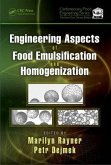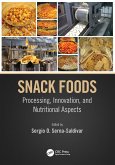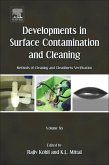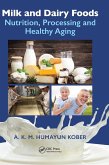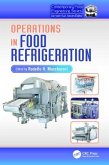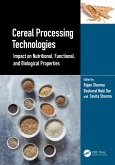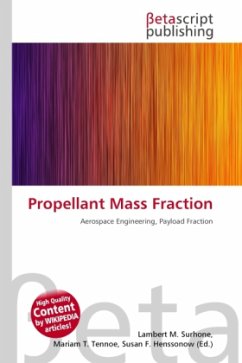Exploring the structure and physical and chemical properties of solutions, dispersions, soft solids, fats, and cellular systems, Physical Chemistry of Foods describes the physiochemical principles of the reactions and conversions that occur during the manufacture, handling, and storage of foods. Coverage progresses from aspects of thermodynamics, bonds and interaction forces, and reaction kinetics, to transport phenomena, polymers, colloidal interactions, nucleation, glass transitions and freezing, and soft solids. This comprehensive volume effectively clarifies the physicochemical processes encountered in food product development.
"[T]his book offers the reader a detailed and comprehensive treatment of the physical chemistry of foods. The book is not simply a rehash of physical chemistry principles ... . Rather each chapter treats concepts as they directly relate to food and tackles, head-on, the complexity and non-ideal behaviour encountered in food systems. This is the unique feather of this book ... . ... It is well structured, comprehensive and complete. ... Speaking as a research scientists, I have already found this book an invaluable reference source and have confidence that it will become well thumbed over for years to come. "
- Food Chemistry
"[This book] can be used as a basis for a course for food science undergraduates, but also overlaps somewhat into the field of postgraduate studies. Indeed, it is really a reference book covering a large number of different subjects inside physical chemistry which are otherwise to be found scattered in individual specialist volumes. As such, this is really quite a handy reference work for a pharmaceutical scientist working either in industry or commencing a research project. ... With admirable clarity Walstra describes quite complex physical-chemical events and makes them clearly understandable. ... This is a really admirable book ... ."
- European Journal of Pharmaceutics and Biopharmaceutics, Vol. 57, Issue 2, March 2004
Promo Copy
- Food Chemistry
"[This book] can be used as a basis for a course for food science undergraduates, but also overlaps somewhat into the field of postgraduate studies. Indeed, it is really a reference book covering a large number of different subjects inside physical chemistry which are otherwise to be found scattered in individual specialist volumes. As such, this is really quite a handy reference work for a pharmaceutical scientist working either in industry or commencing a research project. ... With admirable clarity Walstra describes quite complex physical-chemical events and makes them clearly understandable. ... This is a really admirable book ... ."
- European Journal of Pharmaceutics and Biopharmaceutics, Vol. 57, Issue 2, March 2004
Promo Copy


